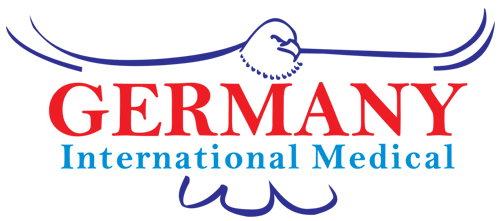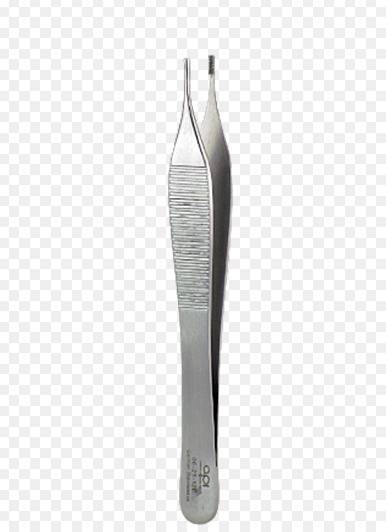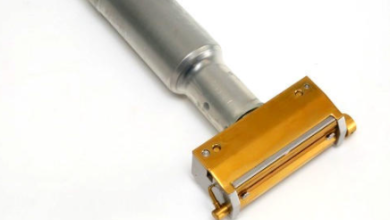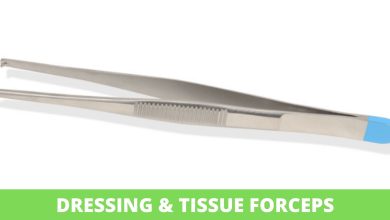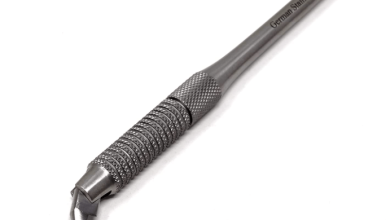Surgical Retractors – Types, Uses & Options
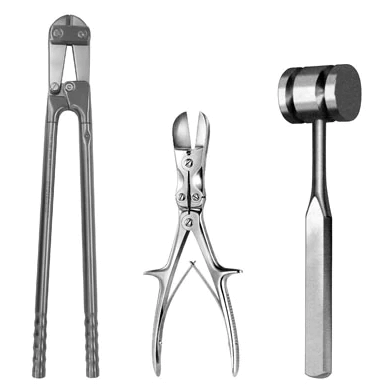
Table of Contents
Surgical Retractors: Operating room professionals and surgeons use surgical retractors to hold an incision or wound open during surgical procedures. They hold back underlying organs and tissues, providing better visibility and access for doctors and nurses.
A retractor and medical device that provide the right amount of light to the surgical cavity will increase comfort and light in the operation. As a physician, surgical rotation can be challenging on your arms, and as a patient, you want to receive the best care possible.
For Buying Surgical Retractors
The retractor plays a crucial role in surgery. Different sizes, shapes, and designs are available today. In deep cavities or small openings, surgeons could benefit from surgical retractor lighting. It is beneficial to the surgical team and the patient to have better visibility during and after surgery.
There are four basic types of surgical instruments:
dissecting and cutting
Clamping and Occluding
Retracting and Exposing
Grasping and Holding
Since we have extensive experience with self-retracting retractor systems integrated with lighting, we thought it prudent to discuss number three (Retracting and Exposing). Let’s discuss some of the tools available today and compare them to each other.
Surgical Retractors and the Surgeries They Belong To
It is important to pick the right surgical retractor as not all of them are created equal.
Retractors fall into two broad categories:
1. During a procedure, the surgeon, an assistant, or a robot must hold a manual hand retractor.
2. In self-sustaining retractor devices, the tissue is held in place by a screw, ratchet, or another type of clamp. Surgeons have two hands-frees to operate these devices.
Instruments used in the OR for retracting and exposing are retractors. In general, a retractor is named after the organ to which it is attached.
An abdominal retractor, for example, is also known as a self-retaining abdominal retractor. There are specific skin retractor devices available if you’re handling your skin.
As an example of the vast array of retractor choices available, I selected a sample from each category. The samples are listed in no particular order. They are all essential and highly valuable products.
Common Hand-held Retractors (Manual)
1. The Senn retractor is a handheld, double-ended device used primarily for the retraction of surface tissue. “Used in cosmetic surgery, small bone and joint procedures, and neck dissection and thyroidectomy.”
2. Used by the military for superficial or shallow incisions. Small wounds to abdominal surgery.
3. Retraction ribbons (malleable) for deep wounds. Bendable to assist tissue retraction.
4. Hohmann – used for exposing bones in orthopedics.
5. Fairabeuf – used generally. Used in a variety of procedures, this retractor is versatile. Dental procedures, wrist and hand procedures, as well as hernia repairs can all be performed with this apparatus.
6. Meyerding is often used during spinal and neurosurgery procedures, such as laminectomy, to hold back tissue and muscle.
7. Incisions made deep in the chest or abdomen are retracted with a deaver. The right lobe of the liver is retracted during cholecystectomy (removal of the gallbladder). During Truncal vagotomy (divided by the main trunk of the vagus nerve), the left liver lobe is retracted.
For Buying Surgical Retractors
Self-retaining retractor (Holds its shape and position once set in place)
1. Weitlaner – is a common instrument used for large bones and joints in plastic surgery.
2. A Balfour abdominal retractor is used during deep abdominal procedures to retrace wound edges.
3. Specifically designed rib spreader used in thoracic surgery to separate ribs.
4. Millennium Surgical offers a wide range of surgical instruments for every specialty, including the Hip Retractor. This is one of the surgical instruments offered by Millennium Surgical. During hip arthroplasty and hip fracture surgery, a self-retaining hip retractor helps to free assisting personnel while providing excellent exposure for the surgeon.
5. The gelpi retracts shallow incisions. Typically used on small surgical sites. Often used in spine surgery.
The spine can be approached through three different approaches during spinal surgery. Instruments used for the procedure depend on how the surgeon approaches the spine.
Adson-Brown Tissue Forceps
Tissue (Thumb) forceps from Adson-Brown are used to grasp and manipulate delicate tissues. There are two types of tips available. It has teeth on each side of the forceps jaw that is either 7×7 or 9×9. It is similar to a standard tissue forceps except it has 7×7 or 9×9 teeth.
Adson Graefe Tissue Forceps-Delicate
Anticipating item picture
Adson Graefe Tissue Forceps-Delicate
$40.00
1
Add To Cart
Add To Wishlist
SKU: GM-155 Categories: Dressing and tissue Forceps, PLASTIC SURGERY, Retractors
DESCRIPTIONREVIEWS (0)
Depiction
ADSON GRAEFE TISSUE FORCEPS-DELICATE SUMMARY
Highlights:
Unrivaled careful steel instruments fabricated by Germany Medical.
Ergonomically intended to augment usefulness by limiting client weariness
Exact machine work for shape, thickness, and equilibrium
More solid than most instruments and endures longer
Best security against erosion
High opposition against sanitization and cleansing
Reasonable for all current sanitization and cleansing systems
Specialized Specifications:
Material: Stainless Steel
Rusting Prevention Procedure: Passivated
Ultrasonic Cleaned: Yes
Dull-Polished: Yes
Tests Performed: Boil Test, Performance Test, Shape Test
Pressing: Individually Packed
QC Passed: Yes
Normal Uses:
A wide scope of analyzing forceps is accessible in various sizes, Germany Medical taking apart forceps include fine serrations with accuracy focuses coordinating and edges for better grasp, fantastic quality enjoyed by experts.
